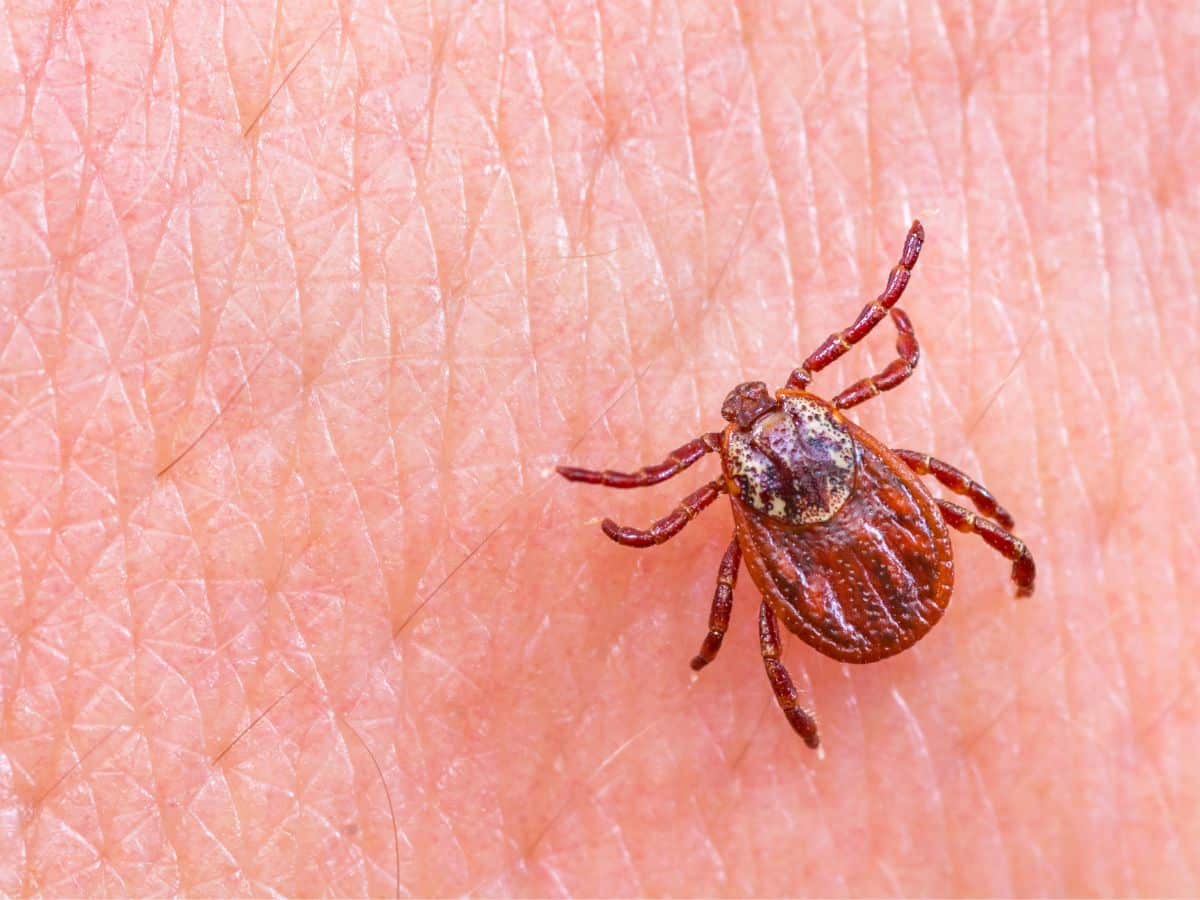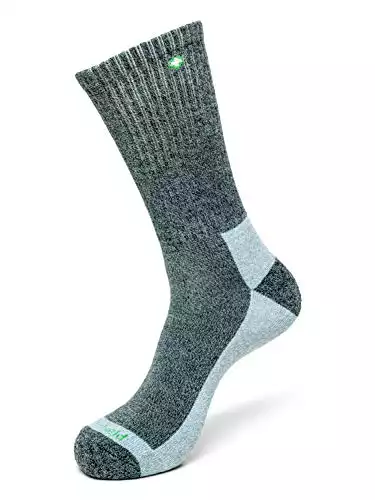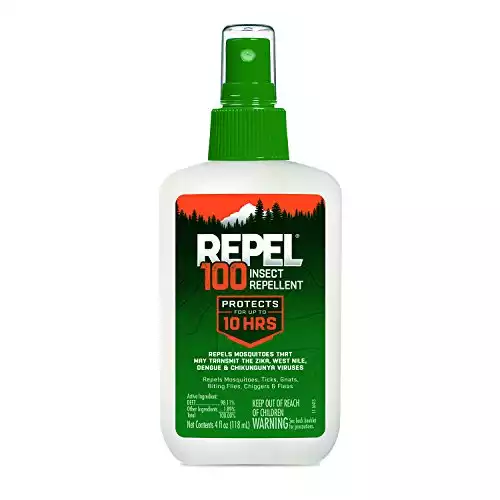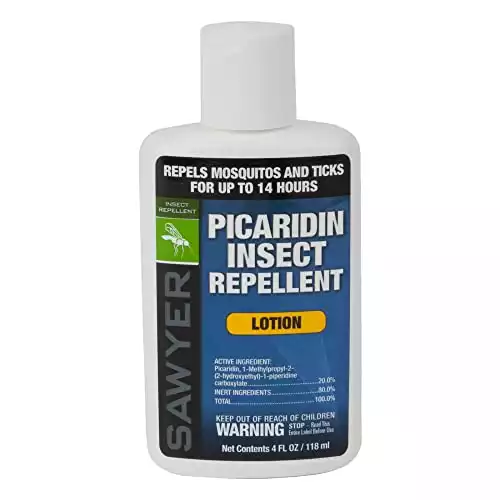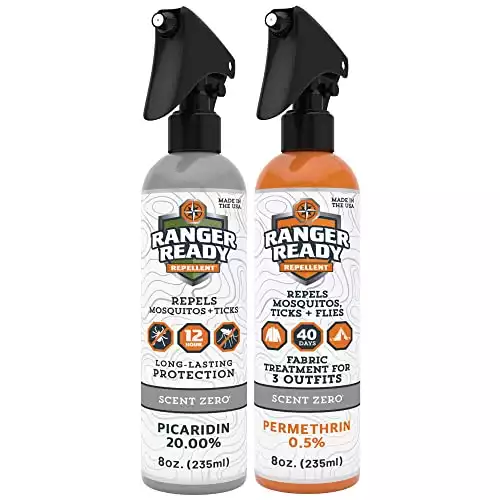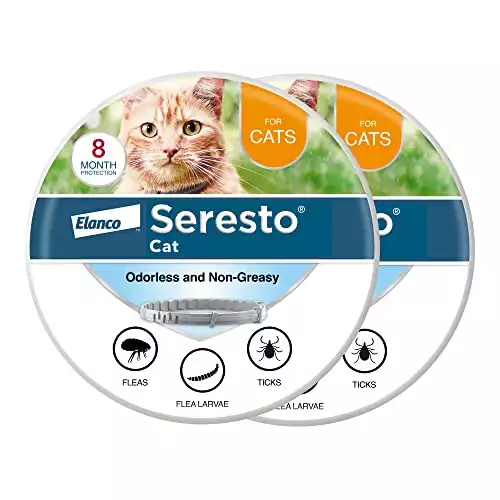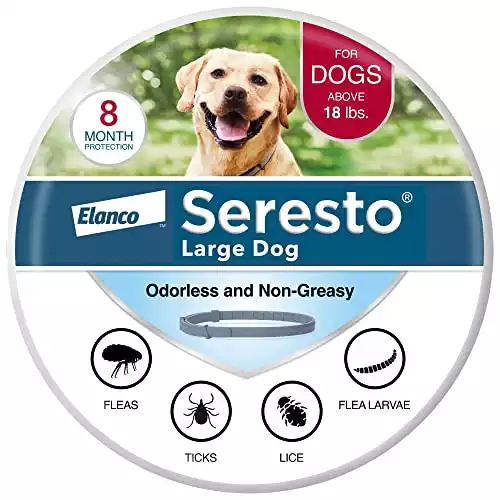
Ticks may be small, but their impact on your life can be huge — especially when you're living with alpha-gal syndrome. If you’re tired of being a tick magnet, use these proven tips to keep those pesky parasites at bay and reclaim your love for the great outdoors.
The information provided on this site is based on my personal experience living with alpha-gal syndrome. I consistently cite and link to expert sources, but nothing published on this site should be perceived as medical advice.
Alpha-gal sensitivities vary by person. You should understand your dietary restrictions, making any adjustments needed, and directing any questions to your physician.
When it comes to alpha-gal syndrome, prevention is the best medicine — especially since there is currently no cure for AGS. Because lone star ticks are the culprits behind this condition, avoiding their bites is more than just a seasonal concern—it’s a year-round mission. So, whether hiking through the woods or enjoying a backyard barbecue, here’s how to avoid a tick bite and the complications it can bring.
To help offset the costs of running SageAlphaGal.com, you’ll find affiliate links lightly sprinkled throughout the site. If you choose to make a purchase via one of these links, there’s no additional cost to you, but I’ll earn a teeny tiny commission. You can read all of the legal blah blah blah (as my little niece says) on the full disclosure page.
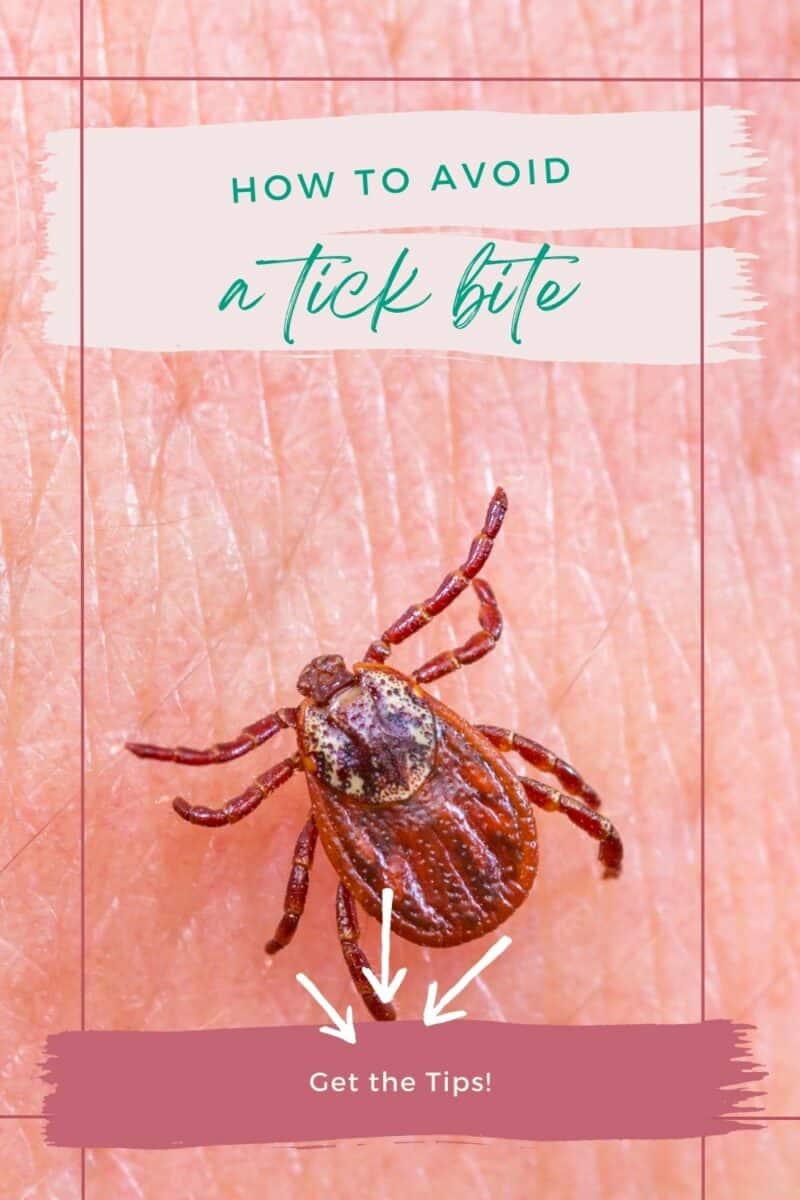
In This Article

1. Avoid Tick Hangouts
Ticks love to chill out in wooded areas and tall grasses. When you’re outside, stick to paved paths or the center of trails as much as possible. Avoiding contact with tall grass, brush, and other vegetation adjacent to the path can significantly reduce your risk of ticks hitching a ride on your skin.
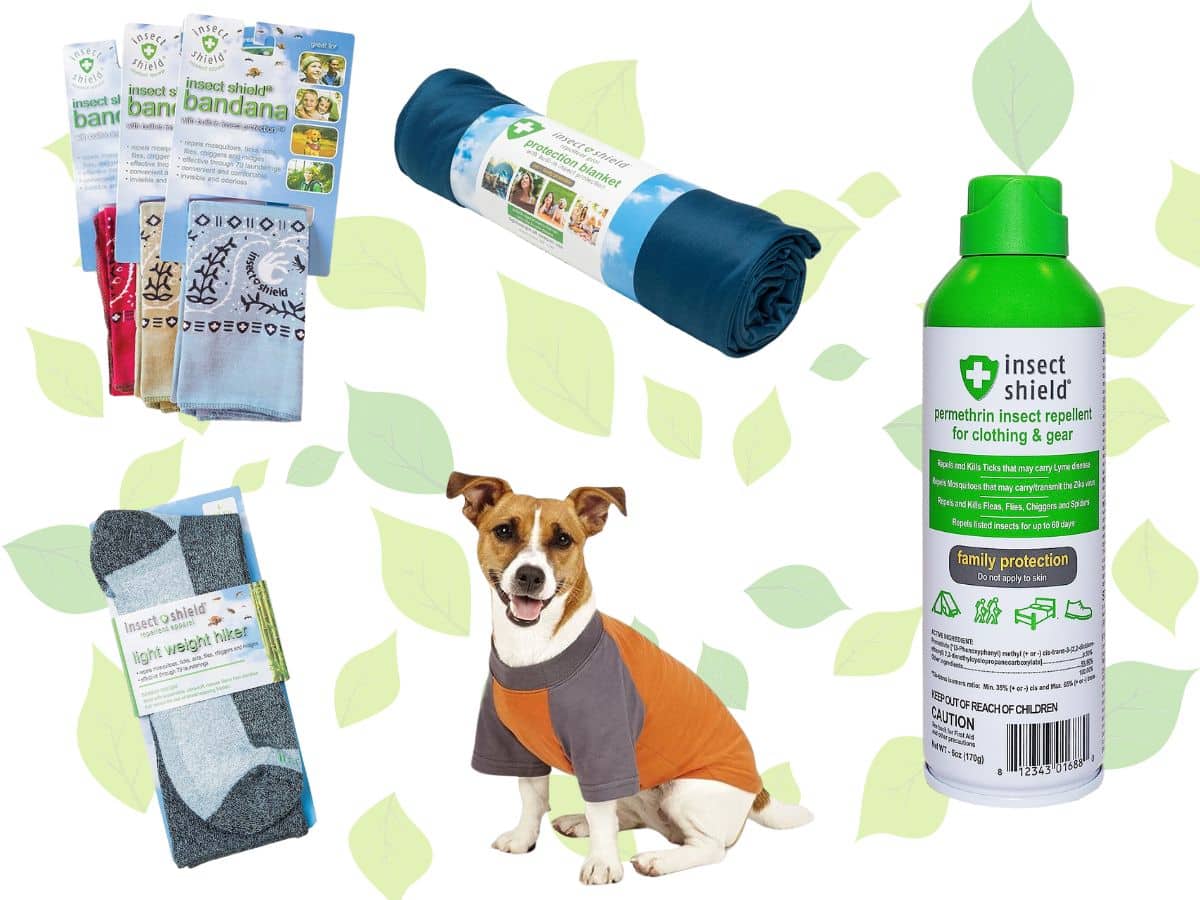
2. Dress to Impress (Yourself)
While it can be hot in warm weather and you aren’t likely to win any fashion awards, when you wear long sleeves and tuck your pant legs into your socks or hiking boots, you help ticks pick a different creature to feast upon. Wear a hat and use a bandana or scarf to protect your head and neck, two favorite landing spots for ticks. Also, light-colored clothing helps you spot ticks and keeps you cooler. It’s like your own personal tick-detector uniform.
Permethrin-treated clothing can also go a long way in preventing tick bites. If the idea of a tick-repellent wardrobe sounds like a Marvel superhero suit, you’re not far off. Insect Shield makes a line of bug repellent-infused clothing that repels a variety of insects that spread dangerous diseases.
A brand like Insect Shield is the Avengers of tick prevention. Whether you pull on a pair of crew socks or don a basic tee, you can enjoy the great outdoors worry-free while the odorless, built-in bug repellent in their tested, proven, and EPA-registered products works its magic.
If building a dedicated wardrobe of outdoor clothing sounds like a lot of work, at least take five minutes to treat your socks and shoes with insect repellent before heading outside. LeAnne Barta, Co-Founder and President of Indiana Lyme Connect, shares, “In one study, wearing just permethrin-treated shoes and socks led to a 74% reduction in ticks latching onto shoes and crawling up the person’s leg.” So, a quick spritz of insect repellent on your socks and shoes can be your own version of Thor’s hammer against ticks.
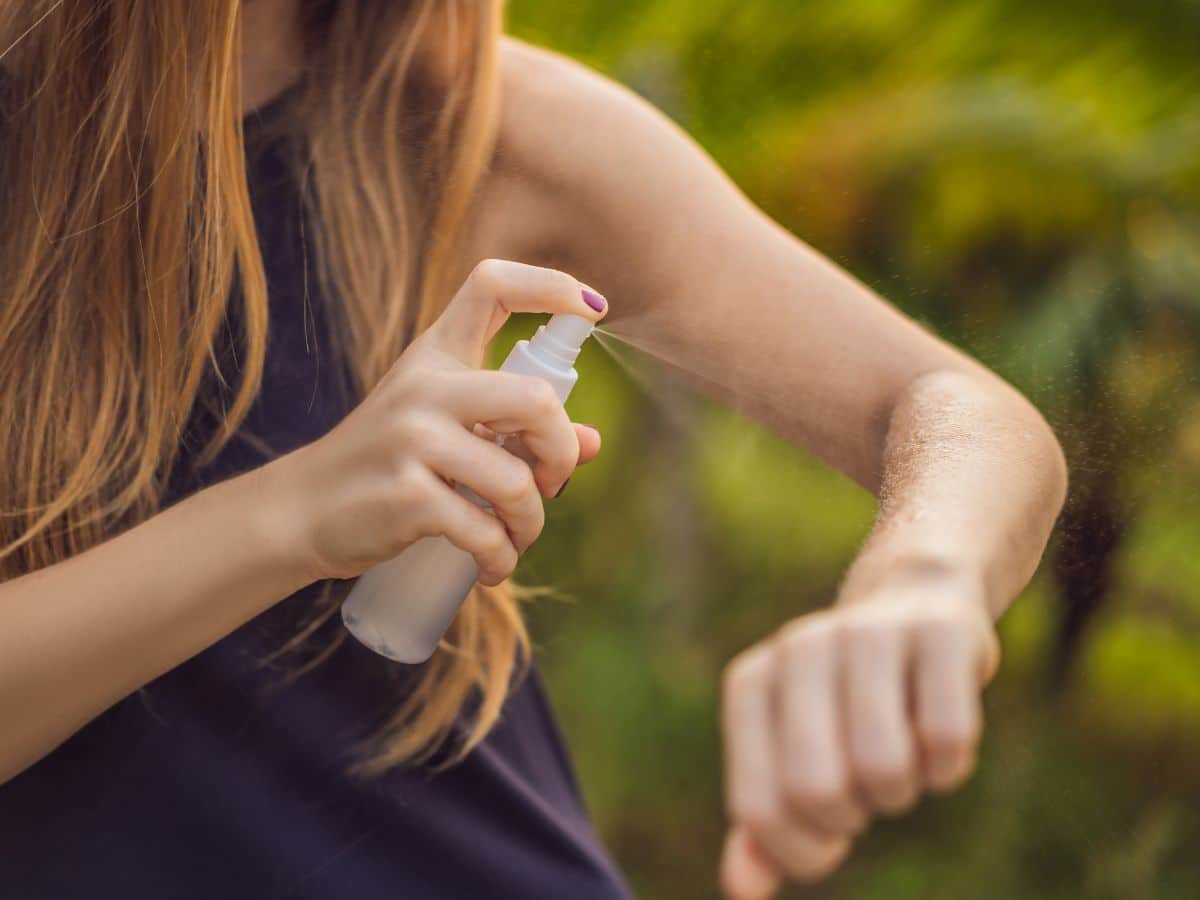
3. Spray to Keep Ticks Away
Like garlic is to vampires, insect repellent and permethrin-treated clothing effectively keeps ticks away. But, you must select a tick repellent containing picaridin or DEET and apply it correctly.
Here’s how to correctly apply bug spray:
- Put on sunscreen first, then the insect repellent
- Spray all exposed skin areas, but avoid eyes and mouth
- Don’t apply bug spray to cuts or irritated skin
- Once you’re back indoors, rinse it off (unless you’re spending multiple days outside)
If you’re enjoying the outdoors with a child, an adult should apply the repellent no more than once daily, avoiding the child’s hands, eyes, and mouth.

Your backpack and tent can be tick magnets, too, so don’t forget to treat your gear. Use products with 0.5% permethrin to keep ticks away from your boots, pants, jacket, camping gear, and non-washable items. When applying permethrin to clothing, follow the instructions carefully and allow adequate time for the treatment to dry before wearing. It is important to note that while permethrin can be an effective measure against ticks, you should never apply it directly to the skin.

4. Ensure Your Yard is a Tick-Free Zone
Your yard should be a sanctuary, not a tick amusement park. Keep your property clear of tall grass and brush to keep ticks from turning it into Disneyland. Be sure to remove leaf litter and trim grass and shrubs near living spaces to reduce the likelihood of your yard becoming a tick habitat. And, if you have a wood pile, be sure it is in a sunny part of the yard.
If you have a wooded area on your property, use wood chips or gravel to create a “no ticks allowed” boundary line between your lawn and the trees. Treat the perimeter of your property with pesticides to further decrease the number of ticks on your property.
Related Article: 8 Easy and Effective Ways to Keep Ticks Out of Your Yard

5. Protect Your Pets
You now know to stick to the middle of the hiking trail to avoid ticks, but your furry friend is likely to run into the woods or slink through the tall grass where ticks can’t wait to prey on your pup. Use vet-recommended flea and tick prevention products on your pets to help keep your four-legged bestie from becoming a tick taxi. And always check your pets for ticks after they’ve enjoyed time in the great outdoors with you.
6. Perform a Tick Check
After enjoying the great outdoors, it is crucial to take the time to check for ticks. Even if you have taken preventive measures while outside, ticks can still find their way onto your skin or clothing. It is crucial to check for ticks as soon as possible to reduce the risk of infection from tick-borne diseases.

Before heading indoors, check your clothing for ticks. But even if you don’t see any creepy crawlies scurrying across your clothing, an unattached tick may still be lurking. Ticks are sneaky little creatures! As a preventative measure, toss your clothes in the dryer on high heat for 15 minutes to kill any ticks. Then, wash your clothes in hot water to remove any remaining ticks, including any zapped during their tour of the dryer.
Next, use a mirror to check your entire body for ticks, including all of the nooks and crannies. Pay special attention to these areas:
- Hair, scalp, and ears
- Underarms and waistline
- Inside your belly button
- Between your legs and toes
- Behind the knees

Lastly, you should take a hot shower and perform a more thorough body inspection within two hours of coming indoors. By making a habit of a full body check, you can reduce the risk of tick bites and tick-borne diseases.
And don’t forget to check your pets, gear, and any items you brought outside. Ticks can hitch a ride on these objects and then attach to a human host later. Checking for ticks only takes a few minutes. By thoroughly inspecting your body and belongings for ticks, you add another layer of protection against tick bites and associated diseases. This small step can make a big difference in keeping you and your family healthy.
Unfortunately, no tick avoidance method is 100% foolproof. But by following these proven preventative measures, you are taking a significant step in managing your alpha-gal syndrome by reducing the risk of tick bites and other tick-borne illnesses.
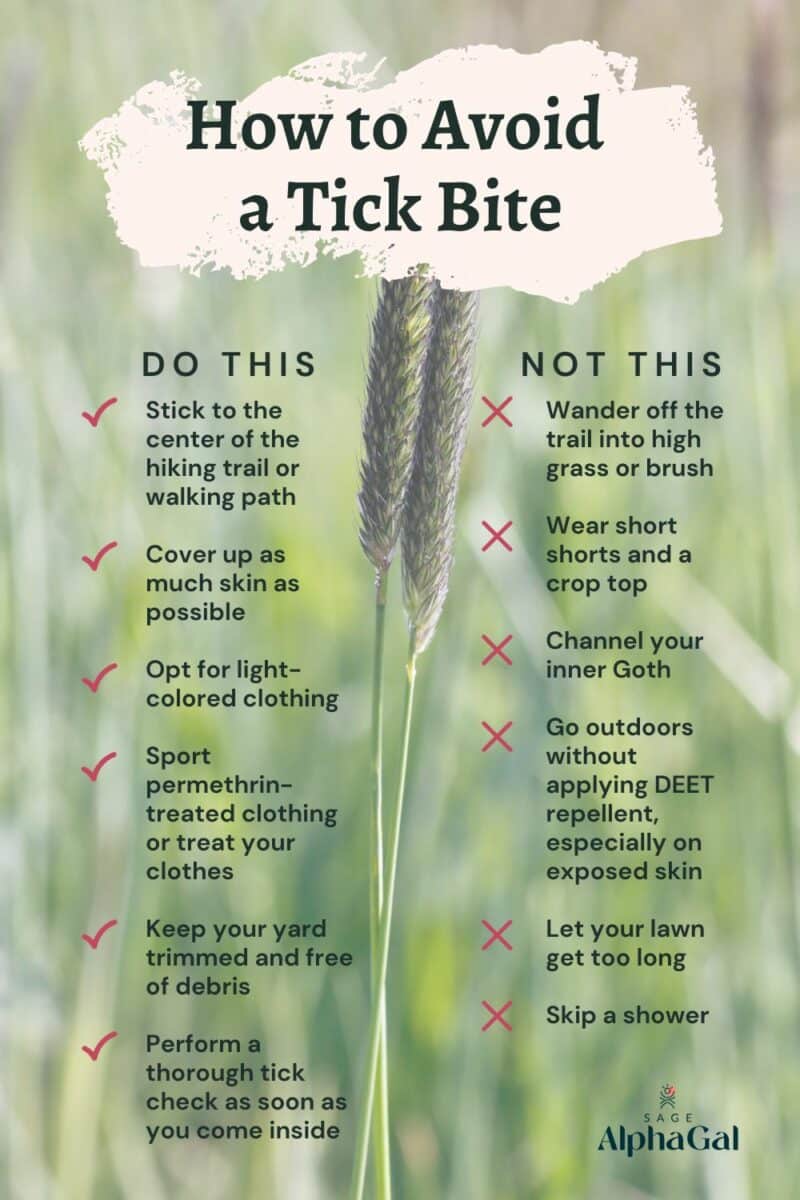
How Do You Avoid Tick Bites?
I’ve shared my top tips, but now it’s your turn. What’s your go-to strategy for avoiding tick bites? Do you have a secret weapon in your tick-fighting arsenal? Or maybe you’ve had a close call that taught you a valuable lesson? Your experiences could be the golden nugget someone else needs to stay tick-free, so share your wisdom in the comments below!
Thank you for sharing!

